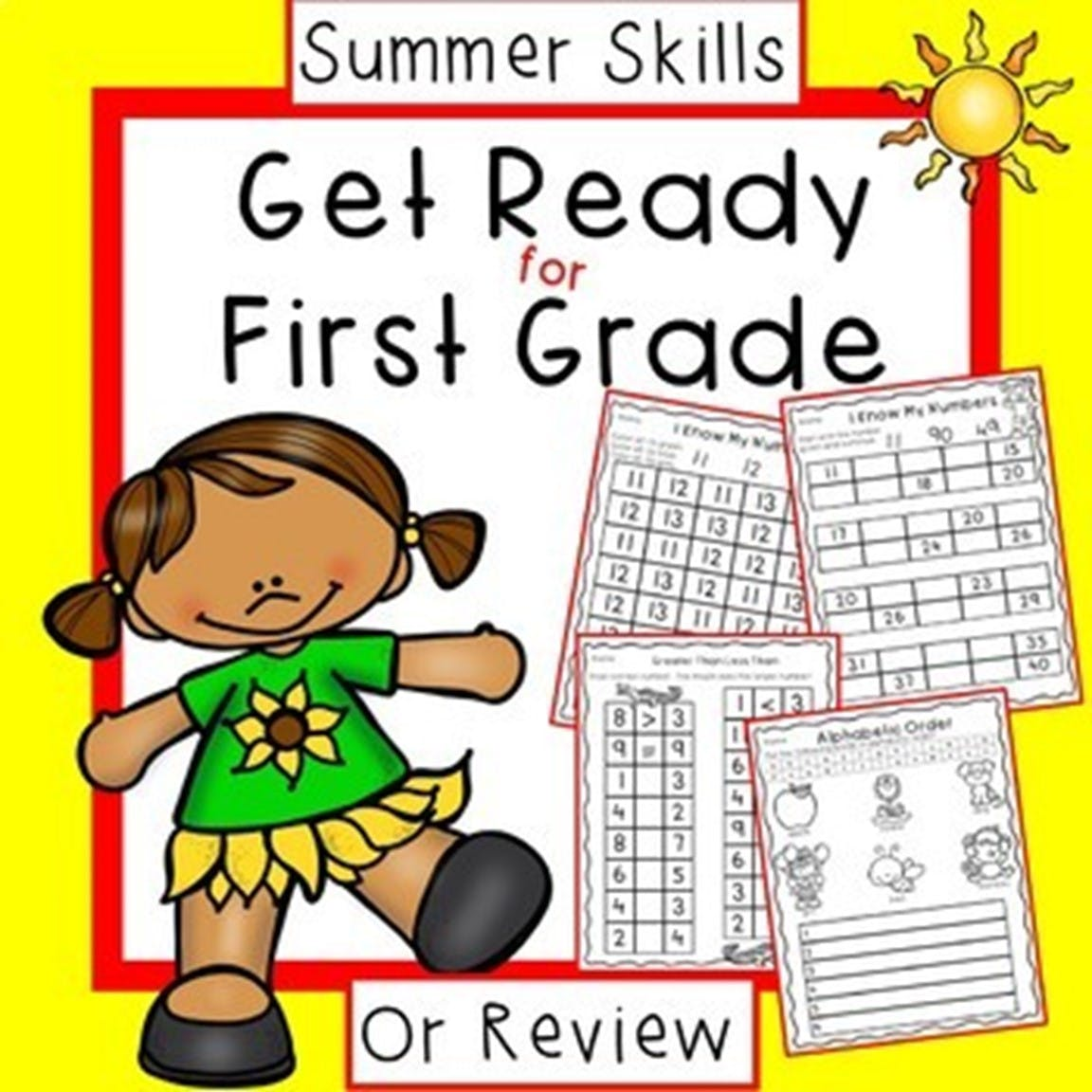How do you level your students so that you can work with them in small groups in reading? Here are a few things I look at to level my students!
- Assess alphabet recognition and sounds. You may already have access to this from their kindergarten year. However, lots of things can change over the summer. I just give them an alphabet chart and point to random letters so they are not going in order asking the letters and then later with sounds. This will give you a great start for who needs help with letters. You may also do this with numbers to set up your math groups.
- Sit down and listen to your students read. If you have leveled readers either guided reading or Lexile readers. Start out with a guess to listen to them read. If you aren't sure, start with level A. We use GR levels, so I can speak to that. I am not as familiar with Lexile system. If you student is reading at level A with great fluency, you may want to skip up to a level C, and so forth. If they are struggling at level A, then they are below level A. Begin to work more on continuing letter recognition and sounds, then putting these together in Consonant Vowel Consonants, CVC format. C-A-T, for example. I'll save more information on that for later.
- Just watch them during their beginning of the year activities. Can they write their name? Are they already reading? It's ok if you haven't gotten to all your students. Even if you notice a few of your students skills, that gives you a good starting point for when you work with them 1-1. Grab a clip-board, write down what you notice on sticky notes when they are doing the fun, easy activities on those first few days of school. Transfer these to a student levels notebook.
Once you get an idea of levels, whether you write below level, on level, above level, guided reading level <A through G, for example. You will start to notice a pattern of students that fit together. Also, consider personalities and behaviors. Working in small groups has let me work with students right where they are.
If you need forms for the alphabet, I do have some available. But you can do this with any alphabet chart. Start backwards so they are not rote citing the alphabet, first with letters, then sounds. Do the same with numbers. Start with 20 and go backwards, or simple hop around, checking off all they know. Here is a FREEBIE if you are interested.
How do you level your students?
Thanks for being amazing today!
You may be interested in the following products to help you on your journey!







No comments:
Post a Comment